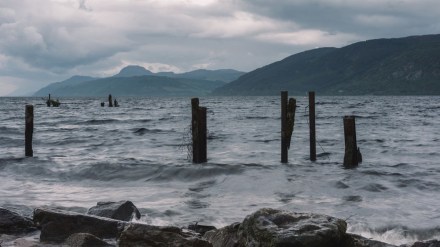Amateur sleuths with a penchant for the uncanny will be glued to their televisions next weekend in an attempt to solve Scotland’s biggest mystery.
“Monster hunters” from Japan and New Zealand will tune in to livestreams of Scotland’s Loch Ness in the goal of resolving a long-running argument over whether or not the renowned monster, fondly known as Nessie, exists.
The Loch Ness creature tale extends back to ancient times, but it truly took off in 1933, when sightings of a “dragon or prehistoric monster” were reported in the Scottish press.
The story sparked a slew of inquiries, many of which have subsequently been debunked as hoaxes.
According to CNN, Paul Nixon, the manager of the Loch Ness Centre said that roughly 100 volunteers will be looking for signs of life on the loch’s banks, while another 100 will be surveying the location remotely.
Volunteers, who can still join up online, will have to keep an eye out for footage captured by four webcams strategically placed around the lake.
Loch Ness, at 22 miles long and more than 750 feet deep, is one of the largest bodies of water in the British Isles.
The institution reopened earlier this year after a $1.9 million restoration on the site of the former Drumnadrochit Hotel, where its then-manager Aldie Mackay claimed seeing a “water beast” 90 years ago.
The interactive attraction has now teamed up with Loch Ness Exploration (LNE), an independent and volunteer research team, to probe the waters like never before in the aim of finding answers.
Alan McKenna, the founder of LNE, will brief volunteers each morning on what to watch for, including evidence of “red herrings” and other marine movements that should be ignored.
McKenna had stated that since the beginning of LNE, the mission has been to record, research, and analyse all manner of natural behaviours and events that may be more difficult to explain.
Nixon stated that once the weekend is through, the sightings will be compiled and analysed, and the results will be made public.
